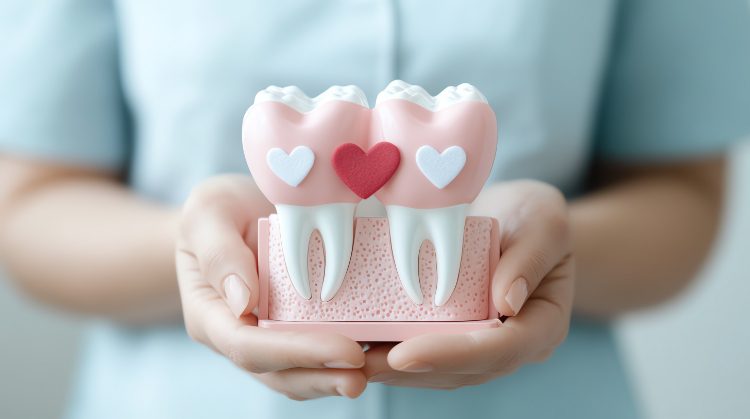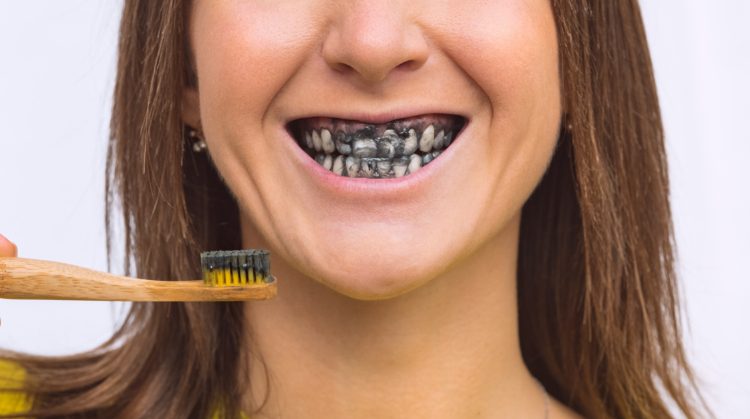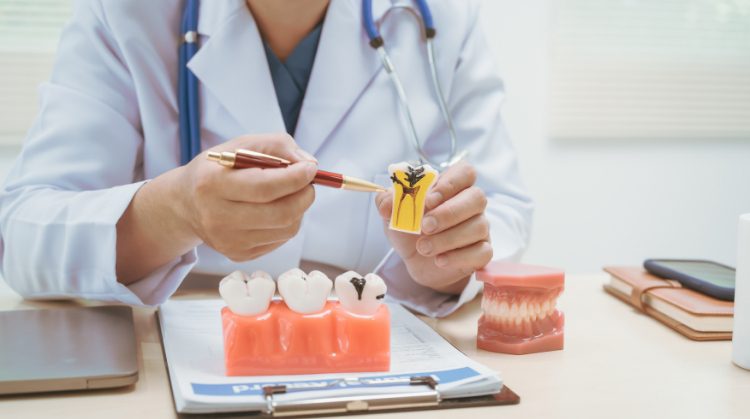
Research published in the International Journal of Paleopathology from McMaster University has shown that dental X-rays can now be used to help spot vitamin D deficiencies by showing the state of the pulp inside teeth. The research team was searching for a way to study vitamin D deficiencies in archaeological specimens without destroying each aged tooth by cutting it open. Their findings could now help identify potential deficiencies in adults and children, which can then be confirmed with a simple blood test.
“Studies are continuing to shed light on the fact that oral health is connected to our overall health in so many ways,” said Dr. Amy Norman, DDS, a leading dentist in Everett, Washington.
“The mouth and teeth are truly the gateway to the rest of the body and can help us understand so much more about the body’s overall health and wellness.”
Vitamin D Deficiency a Growing Problem
An estimated 1 billion people worldwide suffer from low levels of vitamin D, according to research from Oxford Journal’s Age and Ageing. In the past, many people got the vitamin D they needed from sunlight. But with studies showing the importance of sunscreen and office jobs becoming more of the norm, many people just aren’t getting the vitamin D they need from their daily lives anymore.
“Research has shown that an increase in vitamin D levels can actually help lower the risk of cavities in children,” said Norman.
Signs of a Vitamin D Deficiency
One of the most common signs of a vitamin D deficiency is chronic sickness, because one of the major roles it plays in the body is keeping the immune system strong. However, because many conditions can cause chronic illness, a vitamin D deficiency isn’t always recognized.
Other common and often overlooked signs of a possible vitamin D deficiency are chronic fatigue, exhaustion and even depression. Because vitamin D plays such a large role in sleep, when the body isn’t getting enough of the vitamin, it’s likely to cause problems falling sleeping or staying asleep through the night.
A vitamin D deficiency can also cause bone pain, back pain, impaired wound healing, hair loss, muscle pain, high blood pressure, moodiness and irritability, and even reduced aerobic capacity and endurance. If you’re struggling with your daily workouts, you may need more vitamin D.
Why Vitamin D Is So Important
When vitamin D levels are low, you’re likely to feel the effects all over your body. While many people don’t realize the cause of their pain, exhaustion or sickness, 37 different tissues in the human body need vitamin D to adequately function, according to the Vitamin D Council.
Vitamin D deficiency has been linked to many serious medical conditions such as osteoporosis, heart disease, autoimmune diseases, diabetes and many others. One disease you don’t hear about as much these days is rickets. Once common among children, the childhood bone disorder is usually caused by vitamin D deficiencies and results in the softening of bones, making them prone to fractures and deformity.
The vitamin is important to oral health, too, Norman said.
“Without vitamin D to help calcium strengthen bones and teeth, everything weakens. And because vitamin D is so important to the immune system, a deficiency can even lead to gum disease while the body is more at risk for inflammation and infection,” she said.



